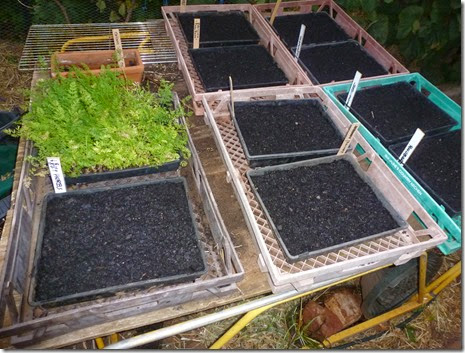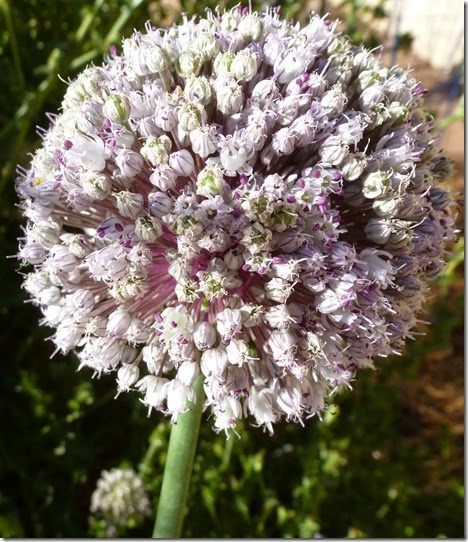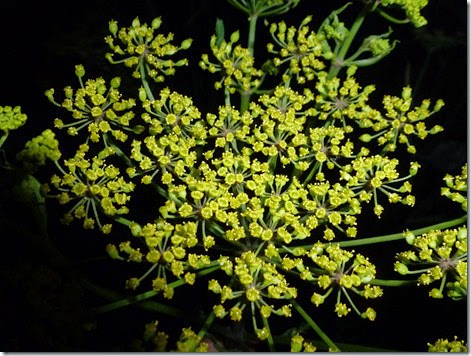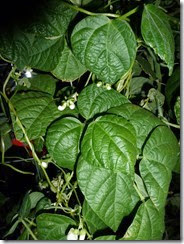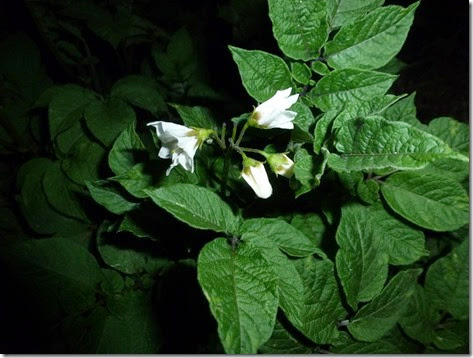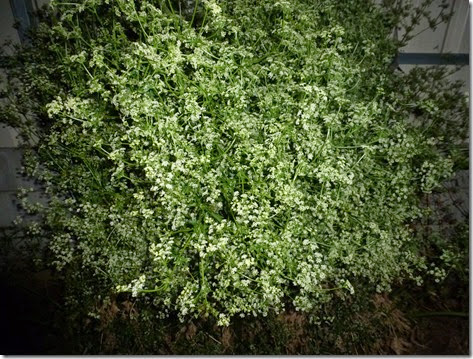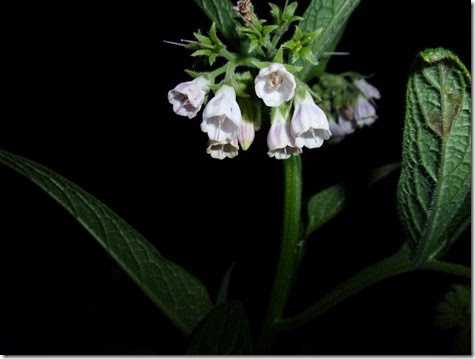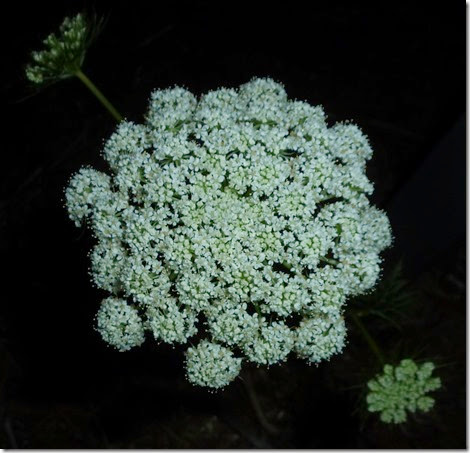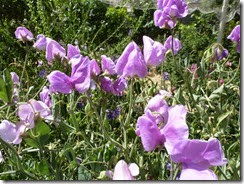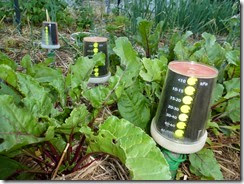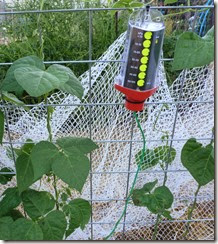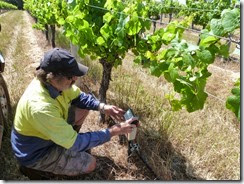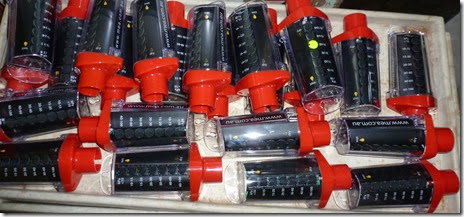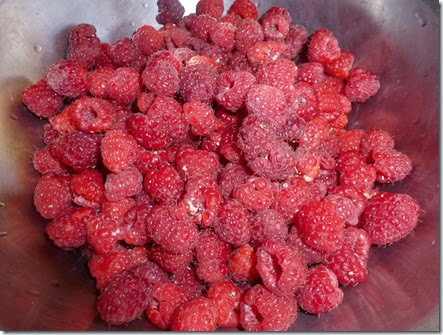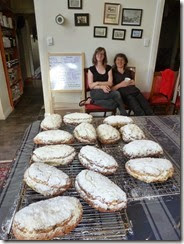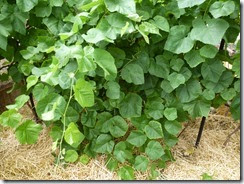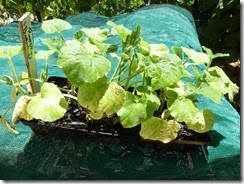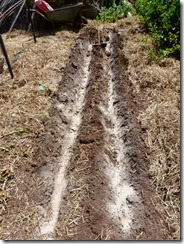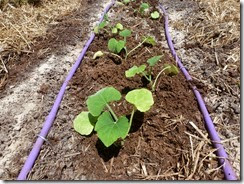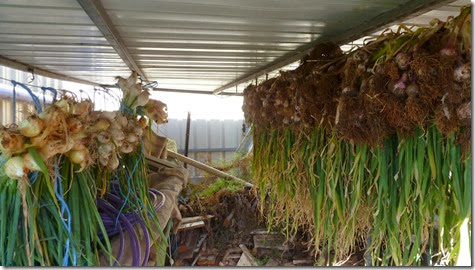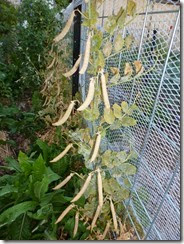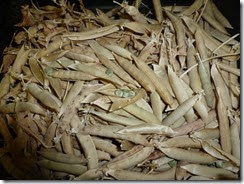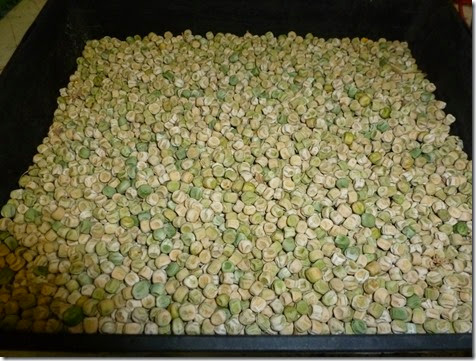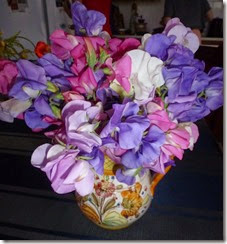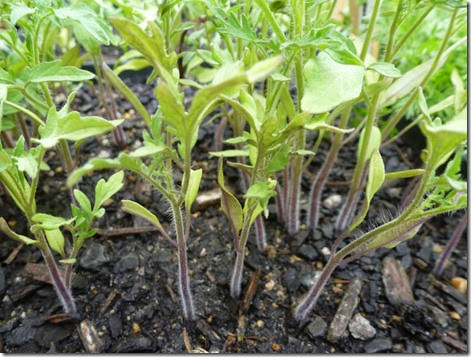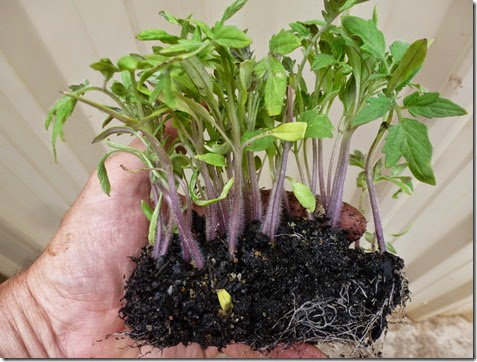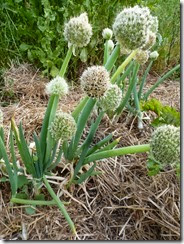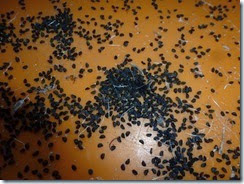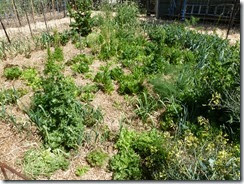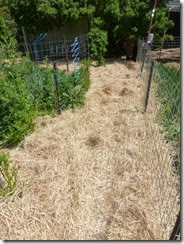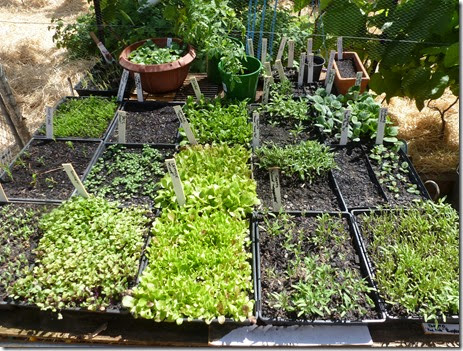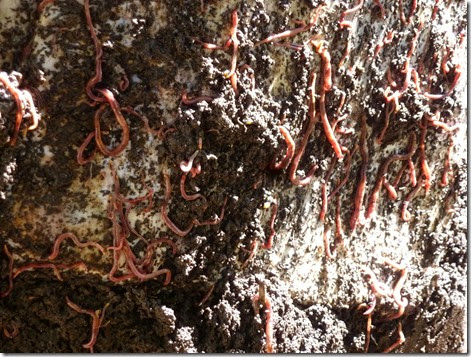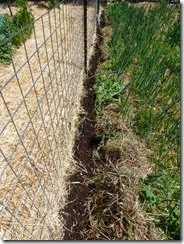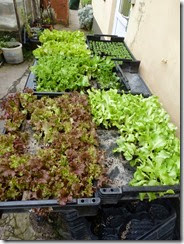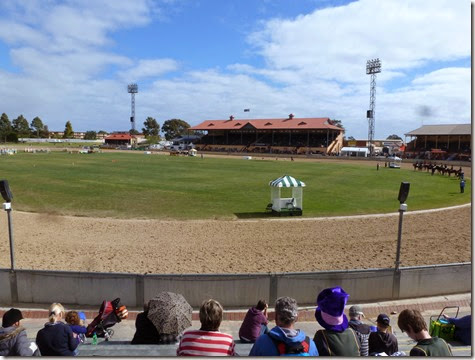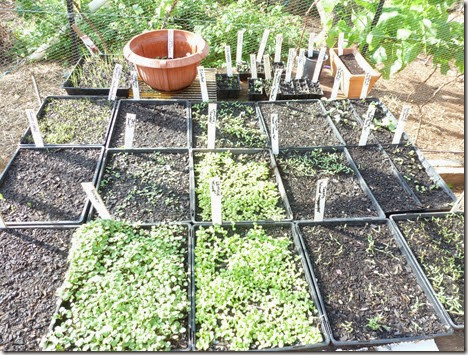In the quiet hours of Christmas Day morn I tour the garden and think back over the year that was, as is my habit.
A kitchen garden exists to supply a family kitchen with fresh and dried fruit, berries, vegetables, culinary seeds, eggs and herbs, to supply firewood and fresh flowers, to store produce and to provide the ingredients for refreshing juices, salads and whips.
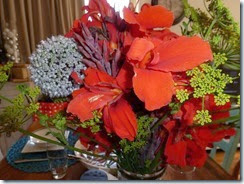 The gardener's job is to somehow provide fresh seasonal produce year-round at a lower expense but with higher nutritional content and convenience than shop-bought produce. That it is even possible to break even in this never-ending cycle demands literally decades of practice, continual improvement and an intimate feel for the local soil and climate.
The gardener's job is to somehow provide fresh seasonal produce year-round at a lower expense but with higher nutritional content and convenience than shop-bought produce. That it is even possible to break even in this never-ending cycle demands literally decades of practice, continual improvement and an intimate feel for the local soil and climate.
Given this long gestation period, both garden and gardener need to be somewhat forgiving of each others failings. So these annual retrospectives need to be tempered with a dash of ‘I’ll do better next year!’
 With the Christmas turkey roasting in the oven and the cook supplied with fresh-picked lettuces, red onions, zucchinis and cucumbers for salads, I head outdoors with my camera and notebook. Here’s what I found…
With the Christmas turkey roasting in the oven and the cook supplied with fresh-picked lettuces, red onions, zucchinis and cucumbers for salads, I head outdoors with my camera and notebook. Here’s what I found…
On the deficit side of the ledger has been the high cost of water - 460kl (about 122 000 US gallons) - and about one thousand dollars worth of mulch and irrigation fittings.
On the plus side I've spent almost nothing on seeds or seedlings, thanks to my seed-saving activities. 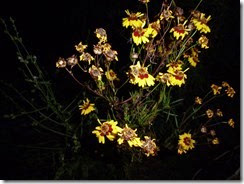 The new chicken shed was finished and has functioned sturdily despite those sparrows that figured how to get inside despite my counter-measures. The chicken flock has two new (and younger) hens who have settled into their foraging and scratching duties. Likewise the old chicken shed has been transformed into a storage shed and finally sealed up properly, with the out-of-control bamboo thicket made to disappear at last.
The new chicken shed was finished and has functioned sturdily despite those sparrows that figured how to get inside despite my counter-measures. The chicken flock has two new (and younger) hens who have settled into their foraging and scratching duties. Likewise the old chicken shed has been transformed into a storage shed and finally sealed up properly, with the out-of-control bamboo thicket made to disappear at last.
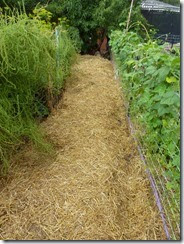 A huge old pine tree has also been removed – those needles were forever blocking gutters that needed to be kept clear to catch rainwater. The same with the chestnut tree, which has been trimmed back upon threat of divorce. Deeper mulching throughout the garden has been the key to water savings while making garden paths a softer and more pleasant place to walk.
A huge old pine tree has also been removed – those needles were forever blocking gutters that needed to be kept clear to catch rainwater. The same with the chestnut tree, which has been trimmed back upon threat of divorce. Deeper mulching throughout the garden has been the key to water savings while making garden paths a softer and more pleasant place to walk.
Some of the crops that have responded well to a better watering regime – guided by soil moisture monitoring – have been asparagus, avocado, raspberries, coffee bushes, kiwis, plums, mulberries, table grapes, citrus, apples and peach trees.
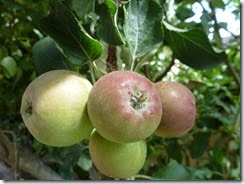 Even my early attempts at grafting apples and pears are finally bearing fruit – I just need to net these trees soon to prevent rainbow lorikeets from decimating the harvest.
Even my early attempts at grafting apples and pears are finally bearing fruit – I just need to net these trees soon to prevent rainbow lorikeets from decimating the harvest.
Over in the ‘lady-finger’ banana plantation I’ve removed all the big old palms in the belief that stronger ‘hands’ of bananas will grow on new palms, or so someone ‘in the know’ has suggested to me.
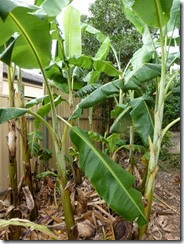 In the garden beds can be found all the usual summer vegetables – tomatoes, egg-plants, silverbeet, capsicums, beetroot, pumpkins, zucchinis, climbing beans, white brown and red onions, garlic and manzana chillies.
In the garden beds can be found all the usual summer vegetables – tomatoes, egg-plants, silverbeet, capsicums, beetroot, pumpkins, zucchinis, climbing beans, white brown and red onions, garlic and manzana chillies.
Avocadoes grown from seed are starting to take hold with the first fruit appearing on the oldest tree after a four year wait. Peach trees are burdened with fruit and the almond tree has produced nuts for the first time after a long unproductive spell, thanks to deeper mulching and better watering.
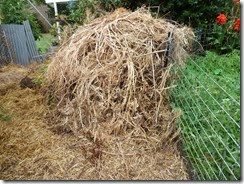 Some things are still in a state of chaos – that giant pile of shredding material still awaits that time when I can sacrifice a whole day to noise, dust and stink to recycle garden trimmings back to the earth.
Some things are still in a state of chaos – that giant pile of shredding material still awaits that time when I can sacrifice a whole day to noise, dust and stink to recycle garden trimmings back to the earth.
So, not a bad year, but much work lies ahead staking tomatoes and other solanums (egg-plants and capsicums), growing bush-beans, harvesting onions and garlic and planting out more carrots and lettuce. Some beds lie empty awaiting rain and winter crops, for I cannot afford to irrigate them nor have the time to plant them out.
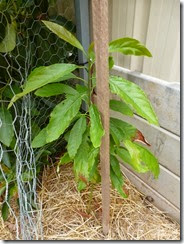 All around me folk of my generation are retiring and asking me when I too plan to stay home and do a ‘proper job’ of looking after this garden - I can only reply that that is still some years away.
All around me folk of my generation are retiring and asking me when I too plan to stay home and do a ‘proper job’ of looking after this garden - I can only reply that that is still some years away.
So in summary, the garden is OK, but not rating more than 7 out of 10 for productivity; I’m simply too tired and time-poor for a better result. That won’t change anytime soon.
But on another front both cook and gardener have shifted up another generation, becoming (biological) grandparents for the first time. There too we’ve had plenty of prior practice, with a parcel of neighbourhood kids learning to bake, make and plant things in Oma’s kitchen and Opa’s garden and workshop.
Welcome to the world, Zoe Beth.

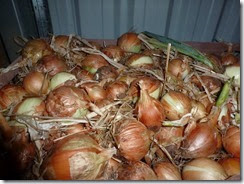 As the year draws to a close so too do those crops planted mid-year and mid-winter – garlic and onions. Planted on the shortest day of the year, we harvest around the longest day or thereabouts. So these slender plants have had to be nurtured for six months, protected from the competition of weeds, watered and mulched and finally dug up and stored in the shed.
As the year draws to a close so too do those crops planted mid-year and mid-winter – garlic and onions. Planted on the shortest day of the year, we harvest around the longest day or thereabouts. So these slender plants have had to be nurtured for six months, protected from the competition of weeds, watered and mulched and finally dug up and stored in the shed. All this effort is repaid because onions – at least the brown and white varieties – store well and will supply the kitchen for months to come.
All this effort is repaid because onions – at least the brown and white varieties – store well and will supply the kitchen for months to come. 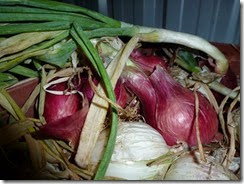 These tops are also used by the cook as ‘oniony-material’ in soups ands stews.
These tops are also used by the cook as ‘oniony-material’ in soups ands stews.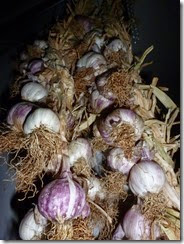 The soft-neck garlic types lose that sturdy tie and so are stored in open-mesh onion bags that are also hung out of reach of mice.
The soft-neck garlic types lose that sturdy tie and so are stored in open-mesh onion bags that are also hung out of reach of mice.
